Time, luxury, and dollhouses: an interview with Alicia Vikander
Passion, care, and time. Characteristics that can define the creation of a luxury product. Or a work of art. Or a performance. Characteristics that also define the approach of both Polestar and Alicia Vikander. We sat down with the Academy Award-winning actor to discuss minimalism, time, and the lasting impact of interior design magazines.
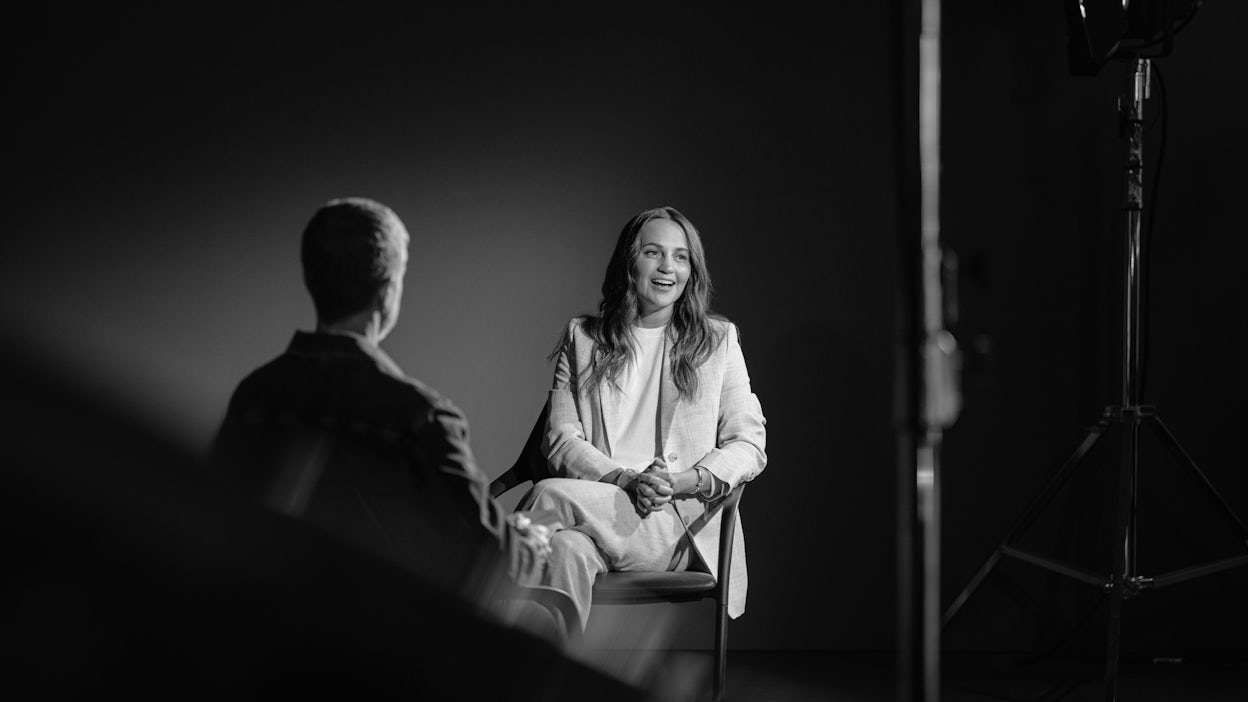
We both (“we” the brand in our case) have roots in Gothenburg, we both have an interest in design. How did your interest in design begin?
It’s interesting to look back with an adult perspective. I didn’t think about, or reflect upon, design when I was a child. But I loved building dollhouses. I would make furniture, create full rooms. Clearly now that’s one of my big hobbies in life. I love doing whatever I can to make a space my own. And I’ve been on a journey to do that over the years with several different projects.
So it was mostly interior design?
Yeah. Most girls that age are buying fashion magazines. And I bought them to stay cool (laughs). In actuality, if I took a trip, I’d buy architecture and interior design magazines. Later on, when I really started to travel for work, I didn’t have a home for years. I only lived in hotel rooms. And I didn’t have a lot of belongings at all. I kind of created this space, in my mind, that I dreamed of. I have so many years of ideas that I still carry with me, things I’d like to do.
What is your definition of good design?
Good design is passion, and care, and time. It’s the quality that comes from not feeling rushed when making decisions. Being Scandinavian, it probably comes as no surprise that I’m drawn to minimalism and a certain aesthetic. I also don’t think that anything needs to be boring about that. It’s more about knowing that you put extra care into choosing the elements that you need. You can then go quite bold when choosing materials, how they’re combined, how each element can get focus. You can be expressive, be creative, while making sure that everything is there for a reason. That there’s care behind every detail.
So much of minimalism is attention to detail. The removal of the unnecessary, the insistence on the best quality materials, doing everything to the highest standard. Do luxury and minimalism go hand in hand?
Luxury is definitely pioneering, to me, in terms of design, technology, even culture. Knowing why you put every detail into a design, for example. There’s this care that I mentioned before, this awareness of why it’s supposed to be there. I think that itself is luxury. In the campaign film, we talk about time, and that’s very much what it is. It’s about not making rushed decisions.
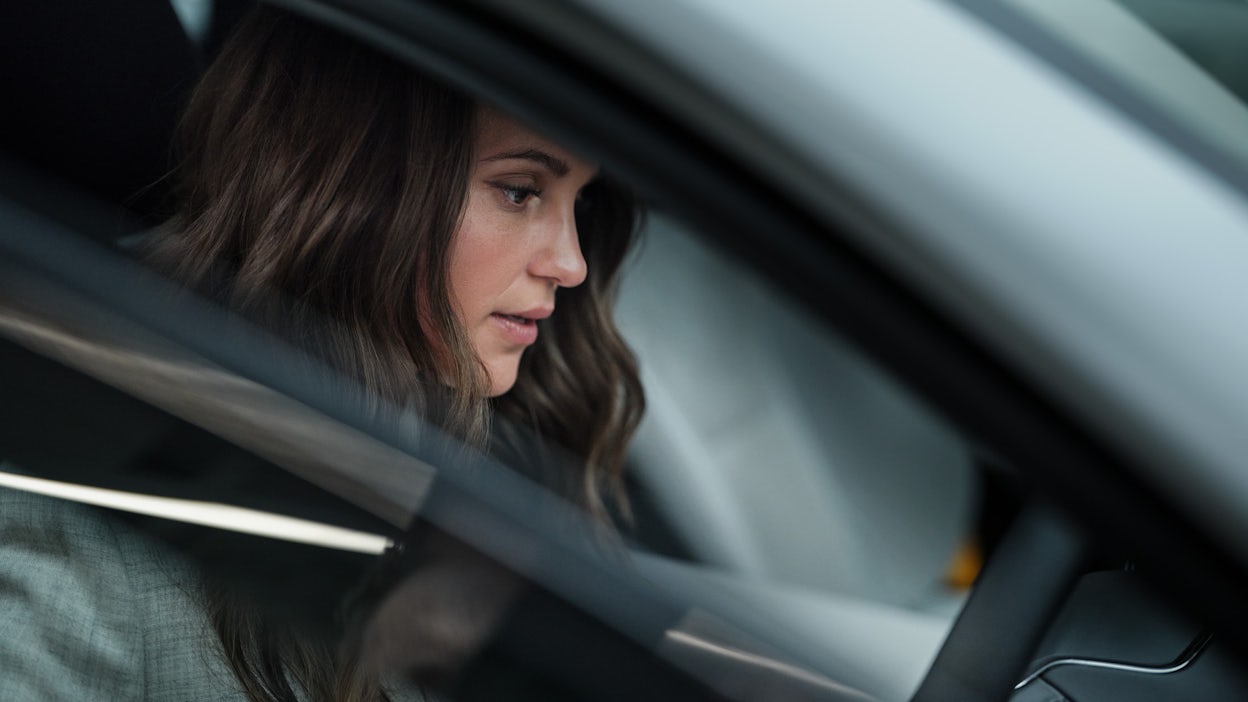
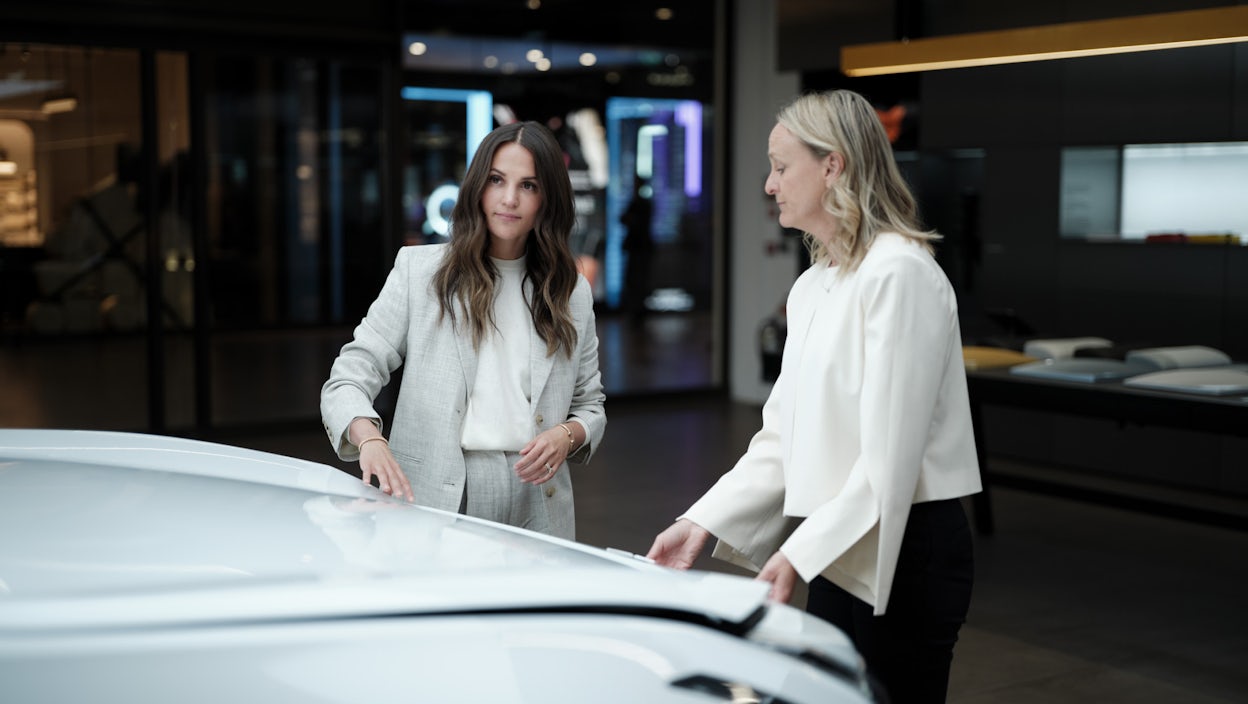
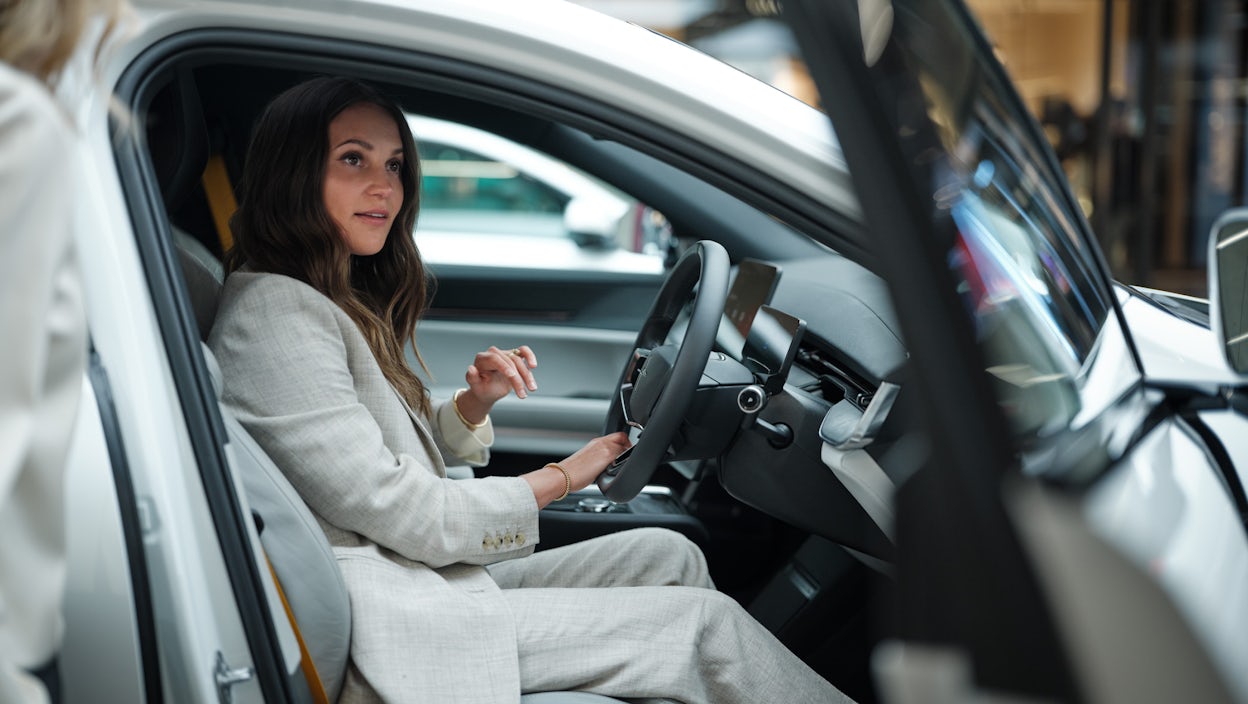



01/03
There’s also an easiness to it, an approachable energy (to the campaign film). And quite frankly, people do spend a lot of time in their cars. Let’s make that something worthwhile.
You mentioned being Scandinavian when speaking of your interest in minimalism. How much of minimalism is cultural?
I think the world thinks of Scandinavia when they hear “minimalism”, but it’s definitely a worldwide aesthetic. I myself look to Japan and Korea quite a lot. I actually just came back from a job there, and there were several times when I walked into, say, a restaurant, and thought “I’m definitely getting some ideas here for my next kitchen” (laughs). It’s interesting when you think about personalities, and ways of living and being, that you could find these things both in Asia and in Sweden. People could have the misconception that Swedish people are quite straightforward. Cold, even. But I think it’s more that when we engage in conversation, when there’s a reason for saying something, that’s when we show our true colours.
Do you see many examples of it on a day-to-day level elsewhere?
Yes, I do. I’ve been talking about lifestyles, and in that way I’ve been very minimalistic. I’ve learned how to not live with things for many years. From a young age, of course I would aspire to have things, but they often weren’t fashion bags or something. It was a piece of antique furniture (laughs). I also have the mindset that if something comes in, something has to go out. That’s not something my three-year-old likes to hear when it comes to toys (laughs). It is hard to remove things from your life. But as soon as you get to that space where you feel that everything is there for a reason, and that there’s no clutter, it actually does affect you.
Does that mindset give increased value to the things you do have?
For sure. It’s a bit like the luxury of having a walk-in closet. You can actually see, in front of you, what you have. That’s also when you realise what you don’t need. It gives you the luxury of being able to make those choices.
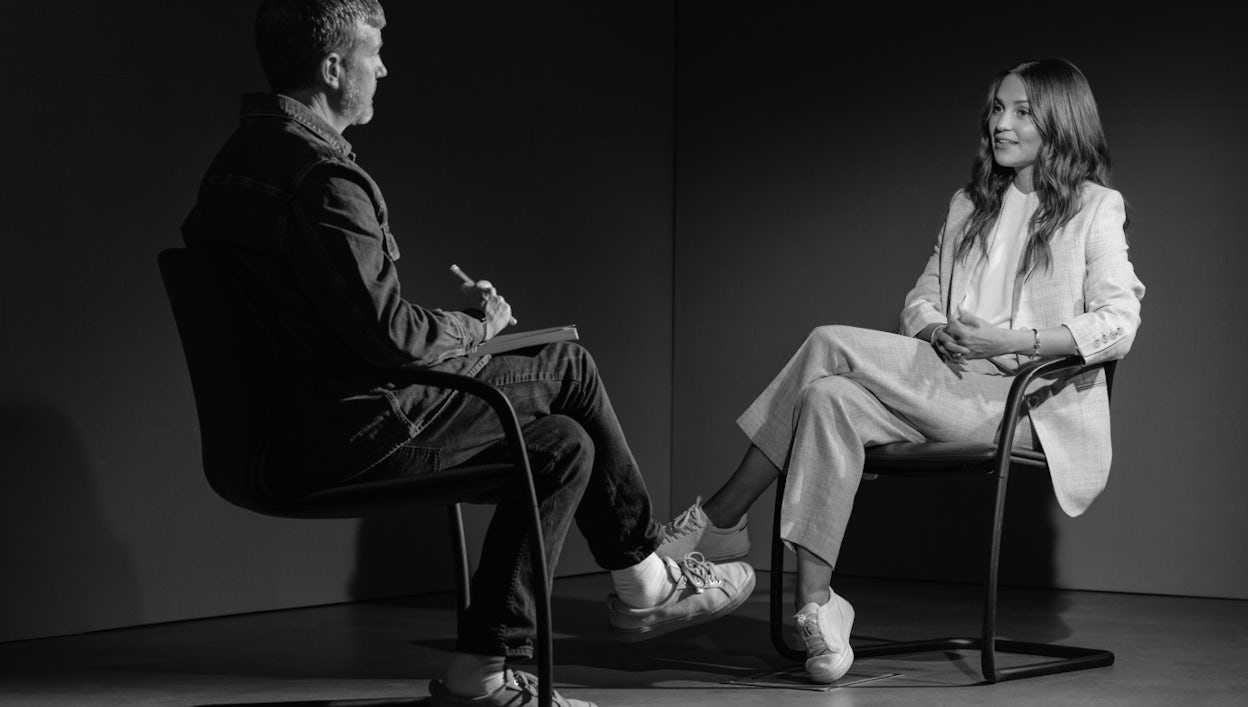
You know, aerodynamics, motors, these are things that I definitely appreciate now (laughs). That goes for anything artistic: filmmaking, art, literature, food. I now see the same beauty in cars as I see in those things.
Our latest Polestar 3 campaign is built around the idea of time being luxury. How would you define luxury?
We live in an era in which we’re fed options, all the time. I try my best to focus on the things that matter. I ignore my phone, and my email, so I can finish what I’m working on and be with my family and my loved ones. Really give them my time. There’s so much that I want to do, but I’ve realised that there comes a point where it’s actually counterproductive. I have to take my time, to divide it amongst the things I need to do.
With that in mind, what do you spend that time doing?
With two very young children at home, if I’m not working, that’s where I want to be. We do a lot of road trips. My youngest child was born in Paris, so we had to drive from Paris all the way down to Lisbon, and we’ve done that journey a few times. And we take our time. It’s good not to rush, especially with young kids. I spend quite a lot of time with my kids, especially with my three-year-old, catching up on what he’s been doing. He’s very much into music, so we listen to a lot of that while driving. There’s actually a lot of quality time spent in the car.
Did you have an interest in cars, even before this?
The road trips with the family are the thing I treasure the most when it comes to cars. As far as my relationship with cars, that was something my dad was more interested in when I was growing up. Later on in life, my husband began doing a lot of racing, and through that I was introduced to the art of engineering. You know, aerodynamics, motors, these are things that I definitely appreciate now (laughs). That goes for anything artistic: filmmaking, art, literature, food. I now see the same beauty in cars as I see in those things. And that comes from meeting these engineers and hearing them speak with the same passion that I have when I speak about my art.
What were your initial impressions of Polestar 3?
It was the design that popped out; that’s what naturally interests me. And then I found out it was a Swedish brand. I was definitely drawn to the Scandinavian aesthetic. What excites me most, though, is the brand and what it’s trying to achieve. The Polestar 0 project, for instance, seems to me to be a big challenge to take on. I think that’s what companies now need to do. It is extremely hard to achieve these goals, but we’re on a mission to try our very best; within our own company and with everyone we work with. That’s what really impresses me about Polestar.
Why collaborate with Polestar in the first place?
Because this kind of forward thinking, I feel, is an obligation. I try my best to make small adjustments that will minimise my footprint on this earth. Obviously, with cars, with travel, zero emissions is something that’s quite hard to achieve right now. It’s a part of our lives. You’re a car company. However, you’re heading in the right direction, making progress, trying to minimise our collective carbon footprint. In my mind that, combined with the Scandinavian heritage, feels like a very good match.
Do you think that sustainability can exist in the luxury sphere?
I think it has to. That’s the luxury of having something in a higher price range: being able to put money and effort into making products that are sustainable and reusable. Because I put thought into the things that I need in my life; we can’t reach greater sustainability by buying new things all the time. That’s what I love about Polestar. The technology, the materials, accessories, the components of the car, everything can be used for as long as possible, and then reused.
Speaking of products, have you seen the finished campaign film? What do you think?
It’s a beautiful commercial in which you get to see, clearly, the beauty of the car. There’s also an easiness to it, an approachable energy. And quite frankly, people do spend a lot of time in their cars. Let’s make that something worthwhile.
You’ve been described as being driven (pun not intended). What motivates you?
I think for everyone, in every profession, it’s very easy to fall back onto things that you’re good at. Therefore, I try to push myself, step into areas that I haven’t experienced or explored before. I love having that feeling of not really knowing what the future holds.
Do you think that’s important for the creative process? Taking risks?
For sure! It’s scary, but I think I’ve always been attracted to that feeling. It may not be the most pleasant to go through, but it’s worthwhile. Because you can see it in the final product.








